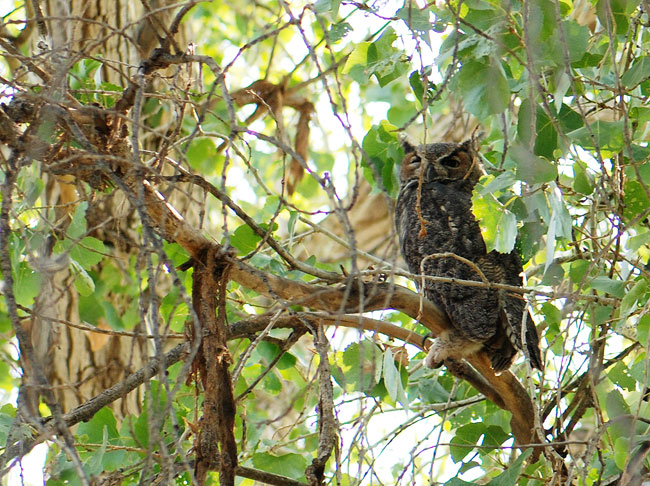For STEM Friday we have two titles that were recently nominated for Cybils nonfiction awards, both about octopuses.
 (Public domain photograph of octopus arms from Wikimedia)
(Public domain photograph of octopus arms from Wikimedia)
Octopuses are amazing animals and make fascinating reading. Although they are mollusks, and thus related to slugs and snails, octopuses are quite clever. Some of their other unusual features include:
- Have the ability to rapidly change color and texture to blend in with their surrounding or startle predators.
- Have the ability to pass through tiny openings and press themselves into crevices much smaller than themselves.
- Can drill into shells to extract the food inside.
- Can also pry shells open with their strong arms.
- Can produce a cloud of ink and jet away to confuse predators.
- Can recognize individual humans even if the people are all dressed alike.
Our first book for youngsters is Octopuses!: Strange and Wonderful by Laurence Pringle and illustrated by Meryl Henderson.
A straightforward informational text, Octopuses! gives a wonderful overview of the biology of these fascinating creatures. The author first explains that octopuses are mollusks and discusses some other common mollusks. Then he gives a detailed description of the anatomy of a typical octopus and some of the different kinds. Other topics include what eats octopuses (predators), how they hide by changing colors (camouflage), and what octopuses eat. The author also explains the life cycle in some detail.
Although the text is clear and exceptionally well written, it is the illustrations that really raise the quality of this book. They are colorful, well laid out, and full of drama.
Octopuses! is a wonderful choice for a child interested in ocean creatures or to read to prepare for a trip to an aquarium. It is likely to inspire the next generation of marine biologists!
Age Range: 7 – 9 years
Publisher: Boyds Mills Press (April 7, 2015)
ISBN-10: 1590789288
ISBN-13: 978-1590789285
Our second book for slightly older readers, The Octopus Scientists: Exploring the Mind of a Mollusk (Scientists in the Field Series) by Sy Montgomery and photographs by Keith Ellenbogen, follows four octopus researchers from very different backgrounds as they look for octopuses around the island of Moorea in the Pacific Ocean.
As with the other titles in the Scientists in the Field series, the focus is as much on the scientists who study octopuses as the animals themselves. In the first chapter we meet four scientists who have devoted their lives to researching these amazing creatures. Canadian Jennifer Mather wanted to study marine biology, but found resistance in what was perceived as a “man’s” field. Instead she became a psychology professor and then applied her studies to octopuses. American David Scheel studied lions for his doctorate degree, but when he couldn’t find a job working with lions, switched to marine biology. Tatiana Leite is a professor of marine ecology in Brazil. Keely Langford works at the Vancouver Aquarium.
The rest of the chapters document their efforts to find and study the local octopuses, while at the same time revealing details of octopus biology. For example, their excellent camouflage skills that protect the octopuses from predators also make them hard for scientists to track down. Often the scientists look for the shells left behind from when the octopuses feed, piles called middens, for clues of their whereabouts.
If you have ever wanted to don a wet suit and search the ocean floor for octopuses, The Octopus Scientists is the book for you. If not, reading it might just make you want to give it a try.
Age Range: 10 – 12 years
Grade Level: 5 – 7
Publisher: HMH Books for Young Readers (May 26, 2015)
ISBN-10: 0544232704
ISBN-13: 978-0544232709
For ideas for related activities, visit our recent ocean science week link list.
Interested in learning more about scientists? Try our list of great titles from the Scientists in the Field series at Science books for kids, as well.
Disclosure: The books were provided by my local library. Also, I am an affiliate with Amazon so I can provide you with cover images and links to more information about books and products. As you probably are aware, if you click through the highlighted title link and purchase a product, I will receive a very small commission, at no extra cost to you. Any proceeds help defray the costs of hosting and maintaining this website.
Come visit the STEM Friday blog each week to find more great Science, Technology, Engineering and Math books.













